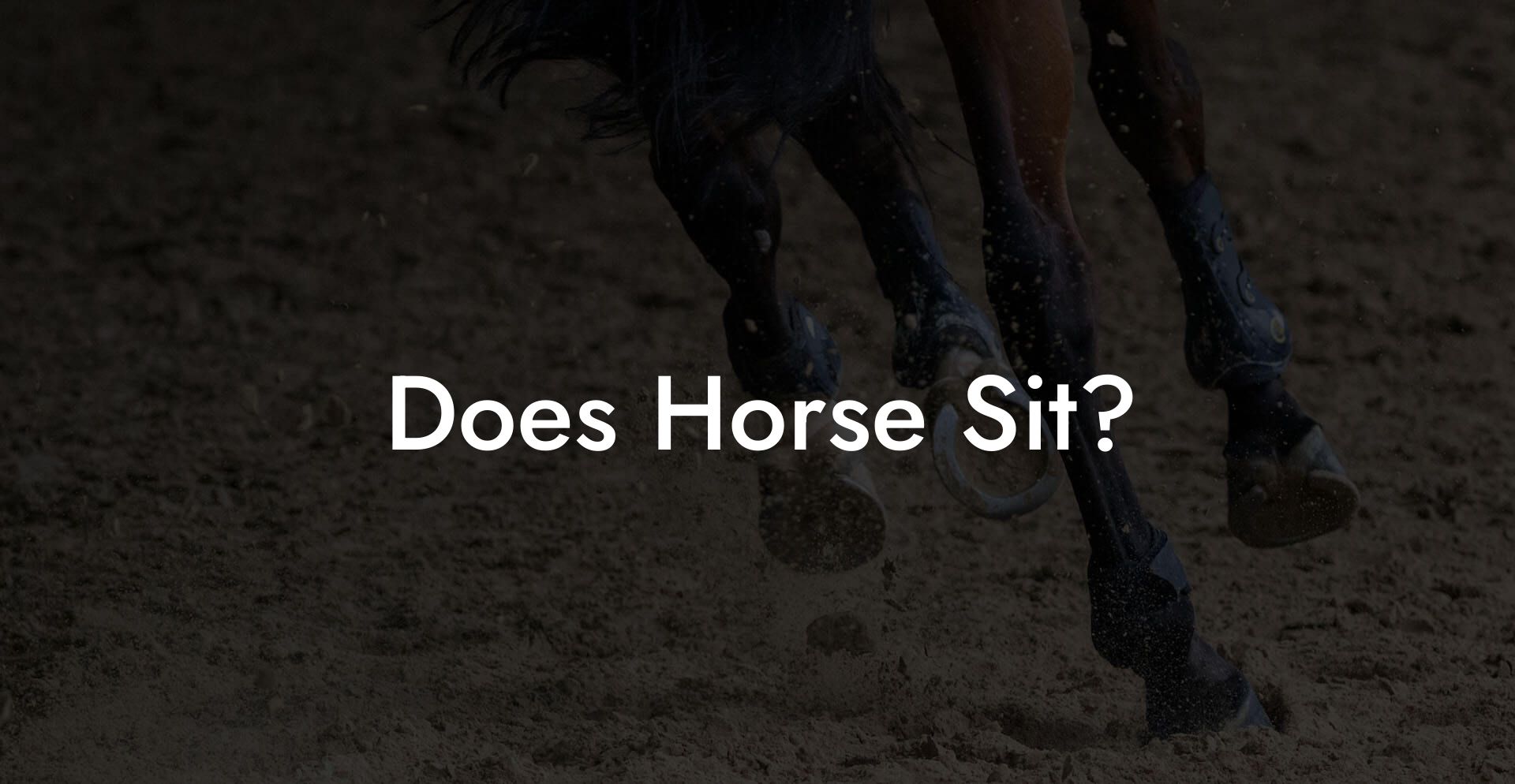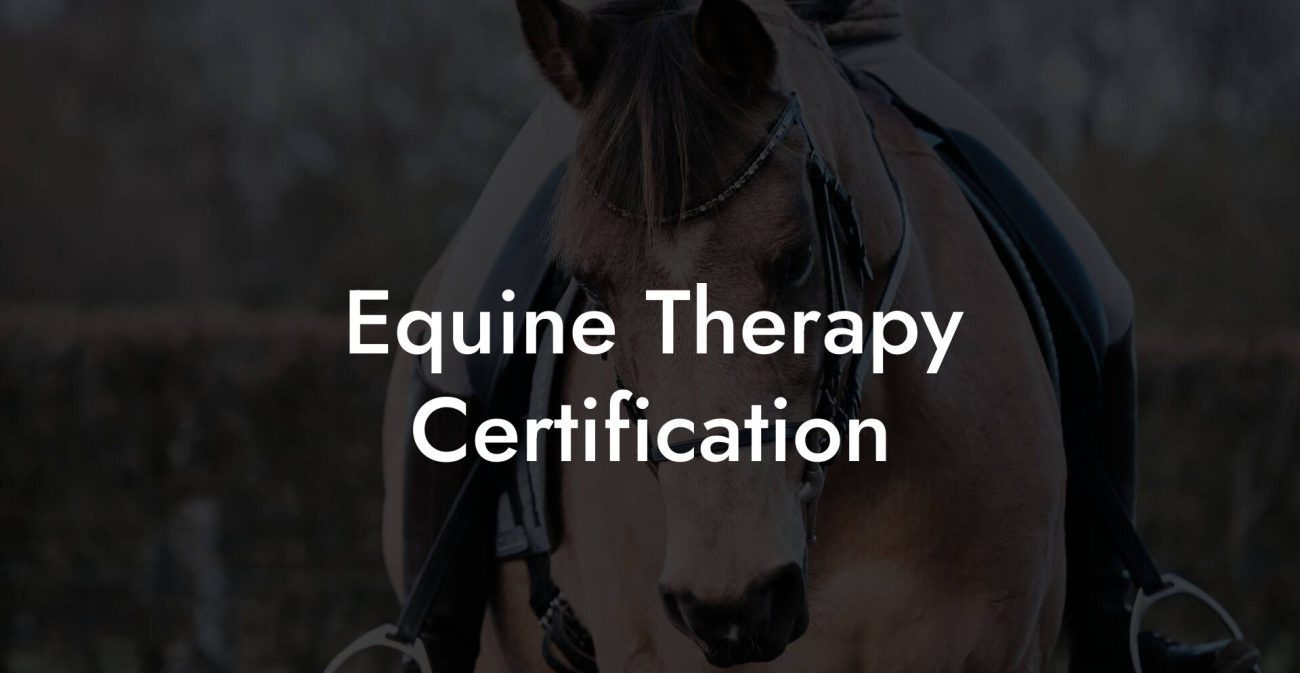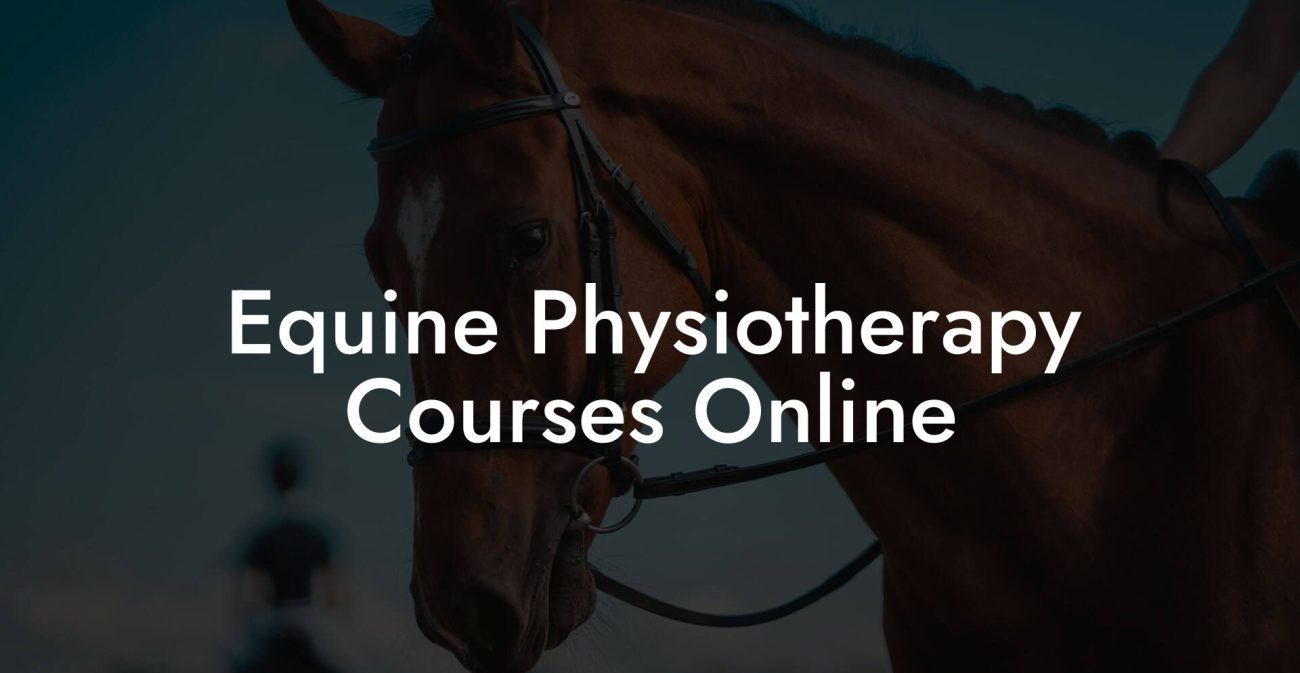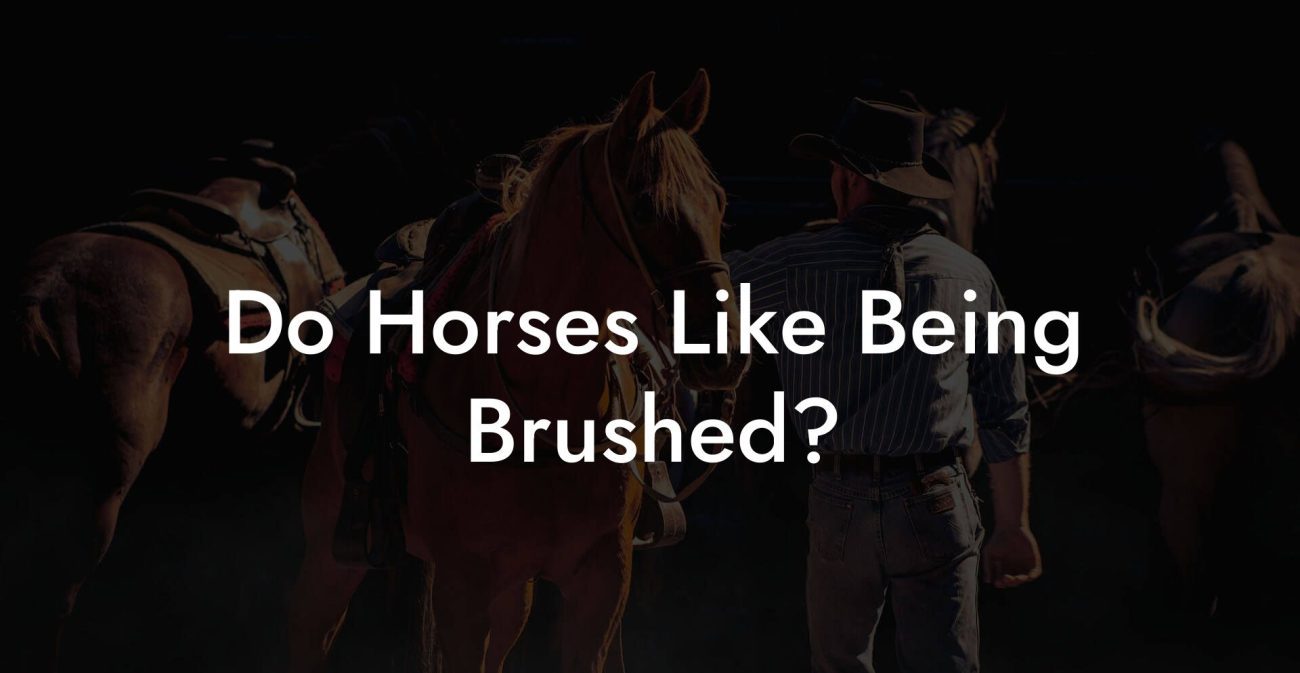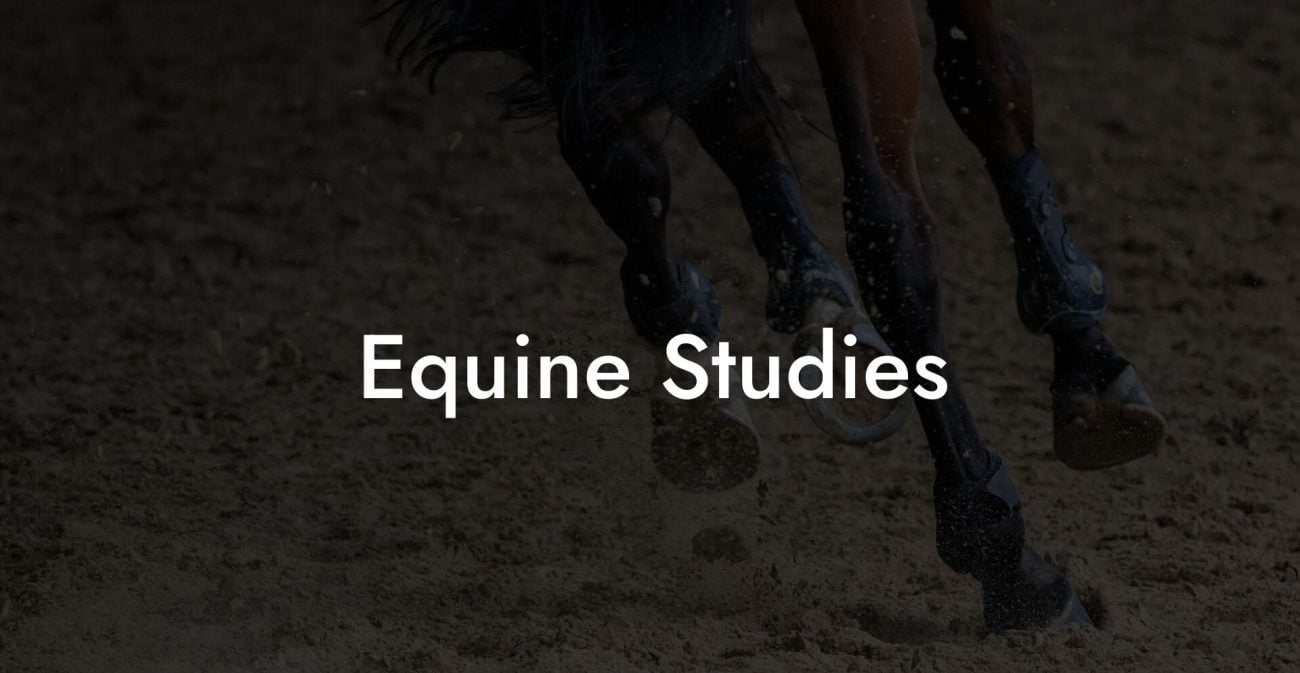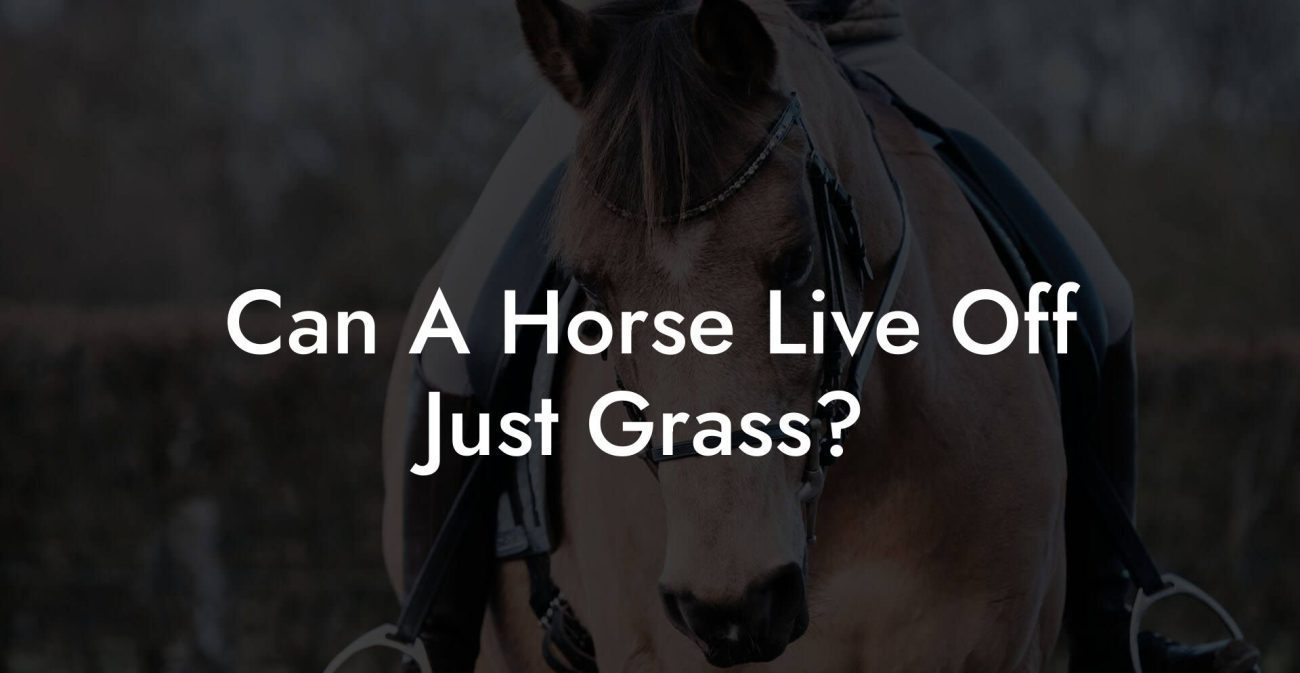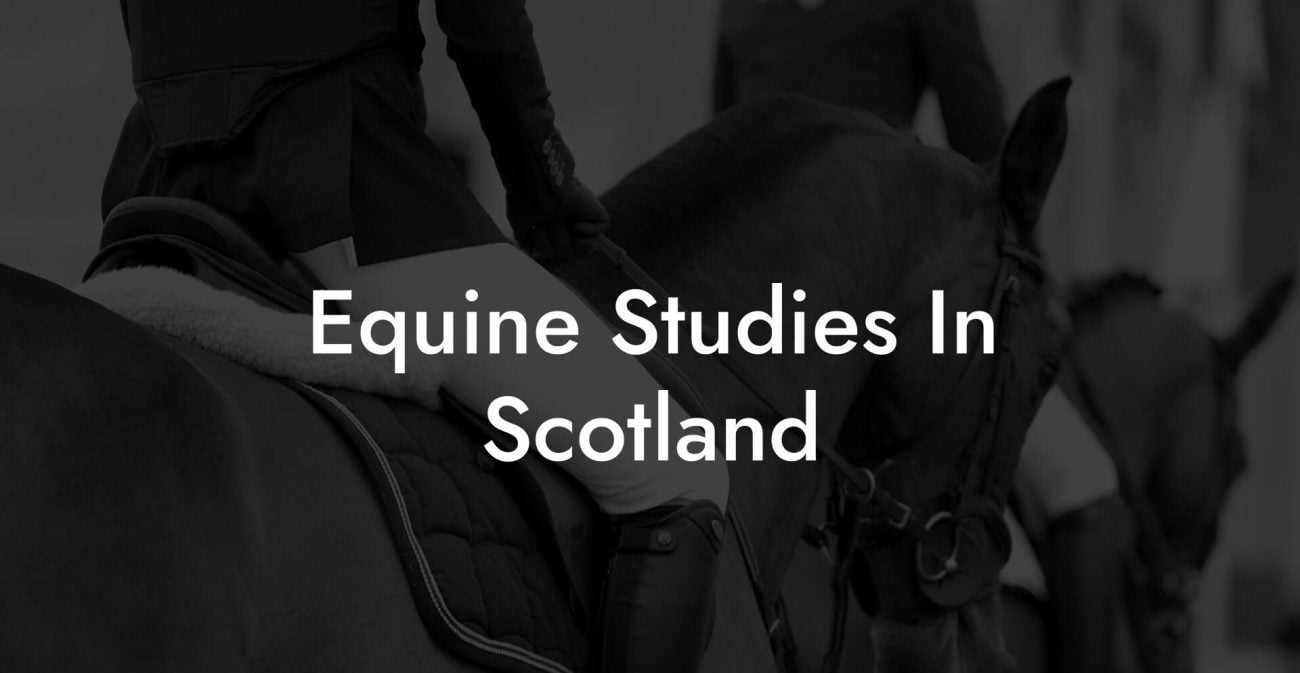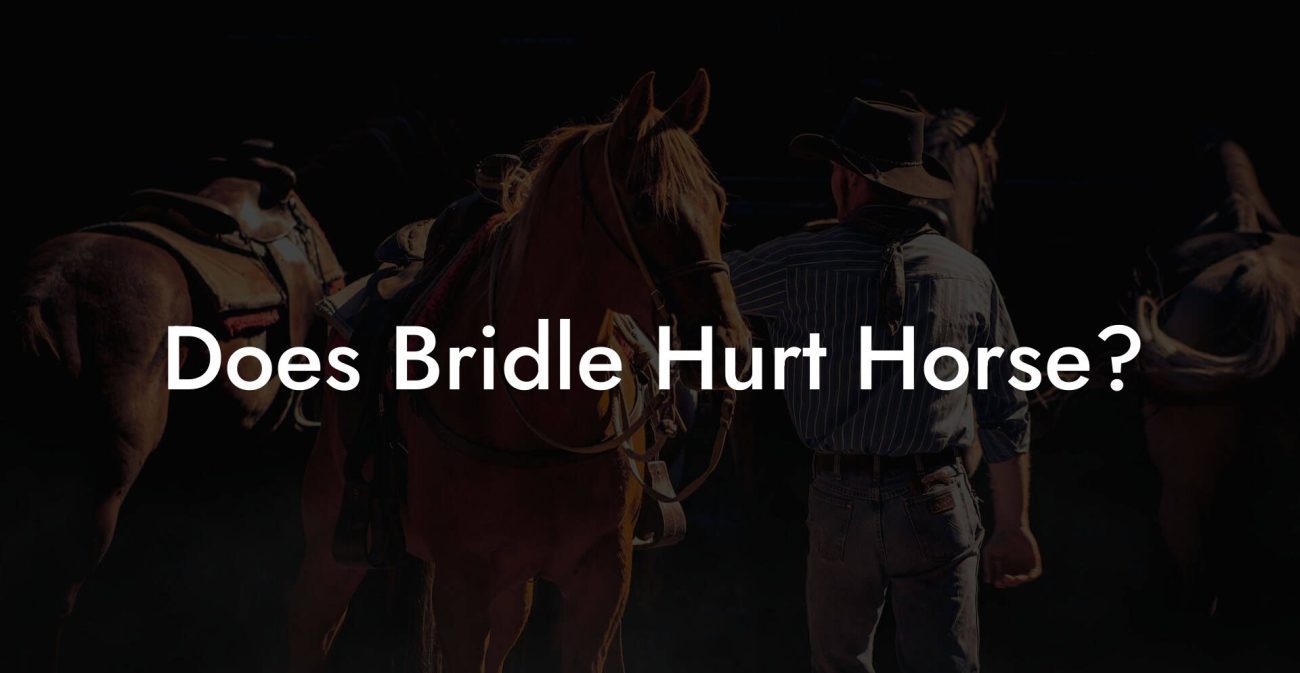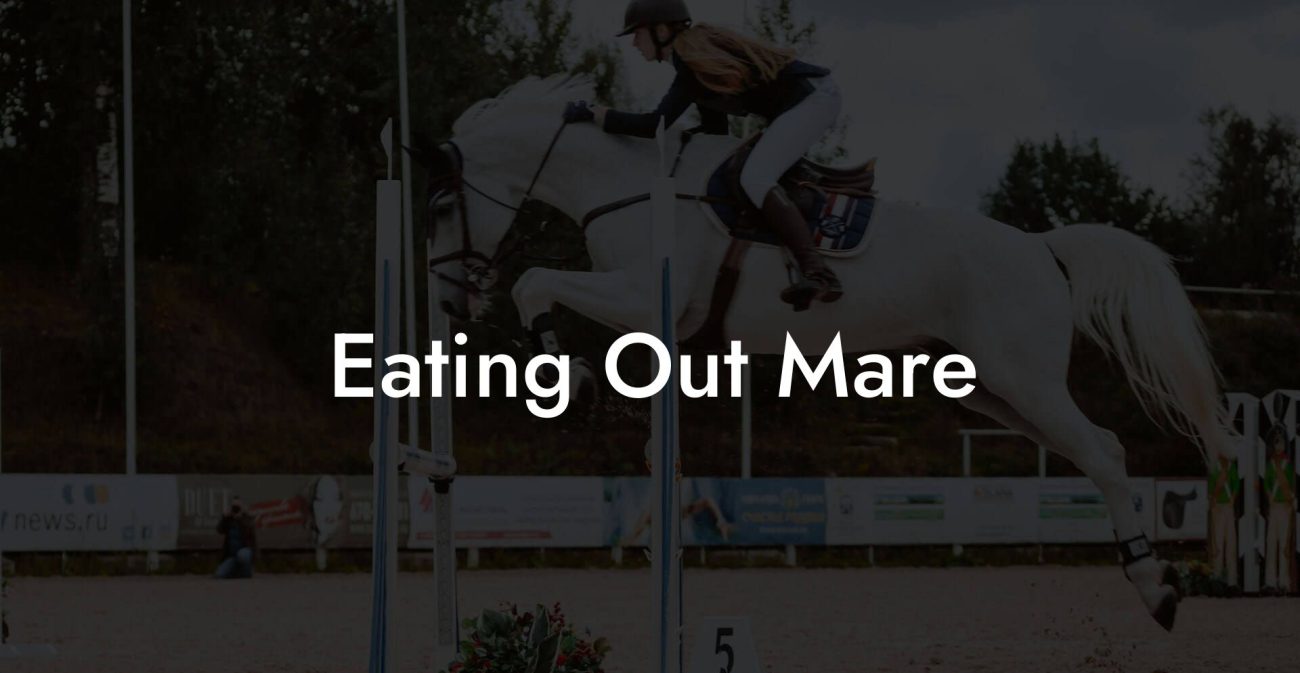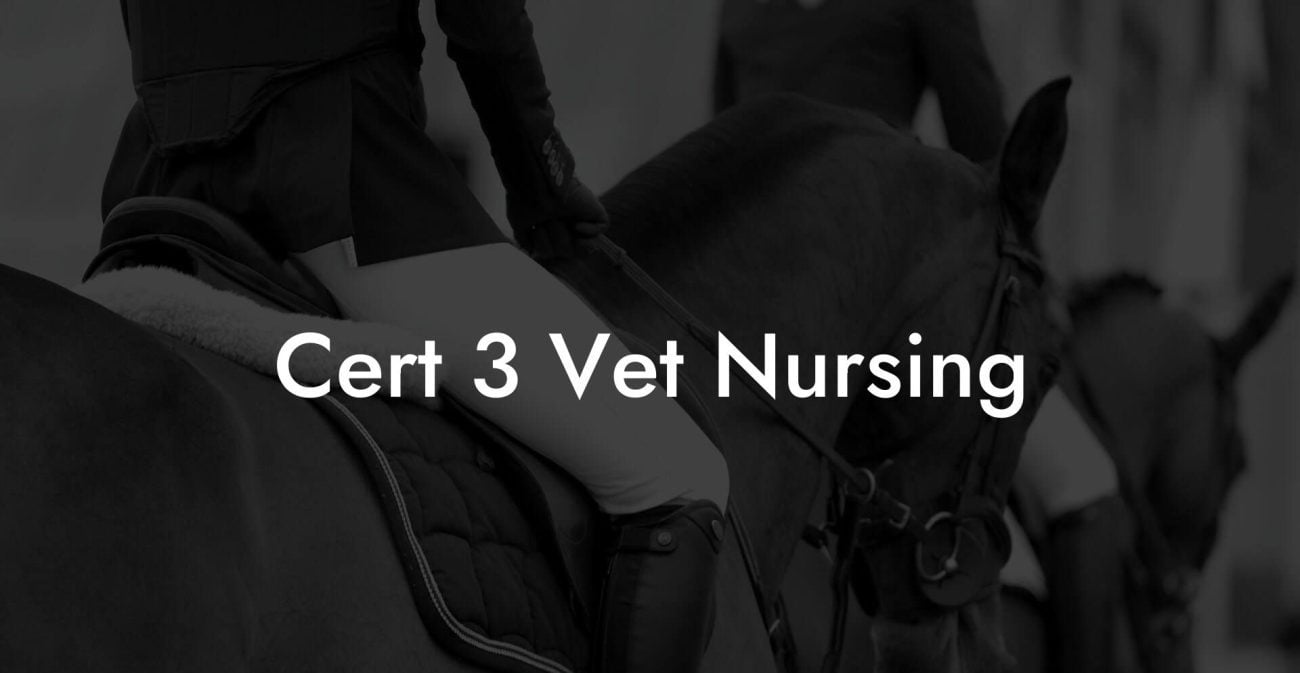Ever caught yourself pondering if horses, those majestic, free-spirited creatures, ever kick back and sit like we do on a lazy Sunday afternoon? The answer might surprise you: while horses aren’t known for plopping down into a chair, they do have their own quirky ways of relaxing, and understanding this can totally transform the way you care for these equine wonders. From their unique anatomical design to their instinctual behaviors developed over millions of years, join us on a deep dive into the fascinating world of horse behavior, comfort, and care.
Quick Links to Useful Sections
- Understanding Equine Behavior: The Myth of the Sitting Horse
- How Horses Rest: Exploring Natural Equine Postures
- Decoding the Question: Does Horse Sit?
- Why Understanding Horse Posture Matters for Equine Care
- Practical Tips for Creating a Comfort Zone: Horse Care Essentials
- 1. Optimize Stable Design and Bedding
- 2. nutrition and Hydration: Fueling Vitality
- 3. Grooming and Health Maintenance
- 4. Behavioral Enrichment and Exercise
- Integrating Modern Technology in Equestrian Care
- Wearable Technology
- Mobile Apps and Digital Record-Keeping
- Creating a Community of Informed, Passionate Horse Lovers
- Resources and Community Support: Your Next Steps
- Your Journey to Mastering Equine Care and Embracing Equine Quirks
- Frequently Asked Questions About Equine Rest and Behavior
- Embracing a New Paradigm in Horse Care
Understanding Equine Behavior: The Myth of the Sitting Horse
In a world where memes and viral videos often make us ask, “Does horse sit?” the reality is that these questions are much more nuanced than a simple yes or no answer. Horses have evolved to be incredible survivors, and their body structure is designed for movement and vigilance rather than sitting in a conventional sense. While the idea of a horse casually perching on its haunches may seem hilarious in our human context, in truth, horses rarely, if ever, “sit” as you or I might.
Think about it: a horse’s anatomy is built for efficiency and escape. With a heavy body mass and a long, strong frame, sitting down could impair their ability to flee from predators, a trait that has been etched into their DNA over millennia. Instead, horses have found ingenious ways to kick back, relax, and get their rest without ever having to hunker down like a couch potato on a remote control binge.
However, there are moments when a horse might appear to “sit” or slump in a way that seems to mimic human behavior, but don’t be fooled! These unique postures often signal discomfort, fatigue, or even a need for a change in their environment. As a responsible horse enthusiast, recognizing these subtle cues is key to providing the best care possible.
The keywords here, horse behavior, equine sitting, equine relaxation, and horse care, are central to understanding the bigger picture of how our equine pals really “chill.” It’s not about copying our habits; it’s about adapting to a lifestyle that suits their evolutionary design.
How Horses Rest: Exploring Natural Equine Postures
While you might not see a horse casually parking itself into a chair, these magnificent creatures have some unique ways of catching a breather. Notably, horses predominantly sleep while standing, a testament to their incredible built-in safety mechanisms. This ability, known as the “stay apparatus,” lets them doze off without sacrificing the readiness they need to sprint away from danger at a moment's notice.
But don’t mistake a standing nap as a sign of laziness; it’s a brilliant adaptation that has allowed horses to thrive as prey animals. They also enjoy lying down for short periods, typically when they feel secure in their environment, like in a well-managed, calm stable or a familiar pasture. When a horse lies down, it’s often a sign that they are comfortable and safe enough to let go of their constant state of alertness.
Standing vs. Lying Down: Here’s a neat breakdown to remember:
- Standing Sleep: This type of sleep is intermittent and is achieved through the horse’s sophisticated musculoskeletal and ligament system. It allows them to relax without fully surrendering to sleep, ensuring they remain poised to flee if necessary.
- Lying Down Sleep: Horses only lie down for deeper rest in secure, tranquil settings and usually only for short spells. This type of sleep is essential for complete relaxation and recovery, but horses carefully balance its duration to avoid potential risks.
Understanding these natural resting postures is crucial for anyone involved in horse care or stable management. For Gen-Z and millennial equestrians, it’s a cool reminder that embracing technology and innovative management techniques doesn’t mean forgetting the ancient wisdom embedded in our equine friends’ behavior.
Decoding the Question: Does Horse Sit?
Let’s get real, if you’ve ever been asked, “Does horse sit?” at a party or during a casual conversation in the barn, you’re not alone. The truth is, horses don’t sit in the way that we do, and here’s why:
First off, the equine conformation is optimized for power and endurance. When we sit, we fold our legs and lower our bodies, a movement that would compromise a horse’s balance and performance in the wild. Instead, horses have developed a system that promotes constant motion and alertness. Their legs are not built to support their weight in a sitting position for extended periods, if they were to do so, they might experience discomfort or even health issues.
That said, there have been documented instances where horses have briefly slumped or leaned to one side. Such behavior is usually an indication of:
- Discomfort or Pain: If a horse is experiencing joint pain or stiffness, it might lean or adopt a posture that seems like it’s “sitting.” Such behaviors warrant a careful check by a vet to rule out any underlying issues.
- Environmental Factors: In some cases, the design of a stable or the comfort level of the bedding might influence how a horse positions itself. A poorly padded stall can lead to awkward postures that mimic sitting.
- Fatigue: Just as we sometimes slump over after a long day, horses might relax their muscles excessively when they’re overworked, leading to positions that might be misconstrued as sitting.
In essence, while horses don’t “sit” in the typical human sense, any unusual postures should be viewed as cues, signals that something might be off with their daily routine, comfort, or health. Understanding these signals can help you make informed decisions about your horse’s overall well-being.
Why Understanding Horse Posture Matters for Equine Care
For the modern equestrian, be it a Gen-Z enthusiast racing through stable tech apps or a millennial embracing the holistic care of their four-legged friend, the subtleties of horse posture aren’t just trivia; they’re critical data points in the overall equation of equine health. Observing how a horse positions itself throughout the day can provide insights into:
- Comfort Levels: Changes in posture might suggest that a horse’s stall isn’t as comfy as it should be. Regular monitoring of a horse’s resting use of space can alert you to issues with bedding, space allocation, or even the stable’s ambient environment.
- Health Problems: Recurrent awkward postures can be red flags for pain or discomfort due to joint issues, injuries, or other health problems. Early detection means early intervention, helping prevent long-term complications.
- Behavioral Shifts: Sometimes, a change in how a horse rests can also indicate mental or emotional shifts. A normally spry horse that begins to adopt unusual resting positions might be experiencing stress or anxiety, often linked to changes in its social environment or routine.
With the advent of smart technologies and fitness trackers for horses, you can now monitor these patterns in near-real time. Devices that track movement, sleep patterns, and posture are revolutionizing how we approach equine care, ensuring that every aspect of a horse’s daily life is optimized for peak health.
So, the next time you see your horse in an unusual posture, take a moment to observe and assess. It might just be giving you a gentle nudge to tweak its environment or consult with your trusted vet.
Practical Tips for Creating a Comfort Zone: Horse Care Essentials
Caring for a horse is more than just feeding and grooming, it’s cultivating an environment where your equine companion can thrive physically and emotionally. Let’s explore some practical tips for optimizing your horse’s comfort, health, and overall well-being.
1. Optimize Stable Design and Bedding
The foundation of great horse care is a well-designed stable. Ensure that your stable is spacious, well-ventilated, and equipped with high-quality, cushioned bedding. Proper bedding doesn’t just offer comfort, it plays a critical role in preventing pressure sores, joint pain, and behavioral issues.
Consider the following when setting up your stable:
- Bedding Material: Options such as deep straw, shavings, or rubber mats can be evaluated based on your horse’s needs. The cushioning will alleviate undue pressure on hooves and joints.
- Ventilation and Lighting: Good ventilation reduces the buildup of dust and ammonia, while natural lighting helps regulate your horse’s circadian rhythms.
- Space Allocation: A roomy stable allows for natural movement. Crowded conditions can lead to stress and abnormal postures.
Remember: a happy horse is a product of both physical comfort and emotional well-being.
2. nutrition and Hydration: Fueling Vitality
Just like us, horses need a balanced diet to maintain optimal health. Regular consultations with an equine nutritionist can ensure your horse’s feed is perfectly balanced for its age, workload, and general health.
Key nutritional pointers include:
- Quality Forage: Fresh hay or pasture should form the basis of your horse’s diet. Forage not only supplements energy but also aids proper digestion.
- Supplementation: Depending on your horse’s activity level and health, vitamins and minerals may be added. Look for products designed to support joint, hoof, and overall wellness.
- Hydration: Consistent access to clean water is non-negotiable. Adequate hydration supports all bodily functions, easing digestion and maintaining skin and coat quality.
The right diet can ensure that your horse is not just surviving, but thriving, whether that’s galloping in open fields or simply relaxing in a well-manicured pasture.
3. Grooming and Health Maintenance
Grooming is a bonding ritual that significantly contributes to your horse's well-being. Regular grooming helps remove dirt, prevent skin issues, and even detect minor injuries before they escalate.
Here are some grooming tips:
- Daily Brushing: Regular brushing stimulates blood circulation and keeps the coat shiny and healthy. It’s also an excellent time to check for any signs of irritation or asymmetry.
- Hoof Care: A consistent schedule for hoof trimming is essential. Neglected hooves can lead to discomfort, abnormal walking postures, and even lameness.
- Bathing Rituals: Occasional baths, particularly during hot weather, help keep your horse cool and reduce the build-up of sweat and grime.
Incorporating technology, such as tracking apps and digital health records, can streamline your horse’s health maintenance, making it easier than ever to stay ahead of potential issues.
4. Behavioral Enrichment and Exercise
Horses are intelligent, social creatures that need mental stimulation alongside physical exercise. Integrating behavioral enrichment into your routine can improve your horse’s mood, reduce stress, and even prevent the onset of abnormal postures or habits.
Consider these strategies:
- Regular Exercise: Structured workouts, whether it’s trail riding, arena work, or relaxed pasture time, make sure your horse gets the movement it needs.
- Interactive Toys: Simple toys, puzzles, or even changing up the pasture layout can keep your horse engaged and curious.
- Social Interaction: Horses are herd animals. Regular interaction with other horses helps them remain mentally healthy and behaviorally balanced.
A well-rounded regime that includes exercise, mental stimulation, and enrichment activities is key to long-term equine happiness and a reduction in stress-induced postures.
Integrating Modern Technology in Equestrian Care
In today’s fast-paced digital age, equine care is experiencing a tech-savvy revolution. Gone are the days when horse care was purely an art; now, science and technology have joined forces with traditional wisdom to offer cutting-edge solutions for every equestrian need.
Innovations like fitness trackers for horses, smart stable management systems, and mobile apps for monitoring dietary intake and health records have made it easier than ever to ensure that your horse is getting optimal care. Imagine a world where you receive real-time alerts if your horse starts adopting unusual postures, or where data on its sleep patterns is readily available at your fingertips, all aimed at preventing issues before they even arise.
Wearable Technology
Just as fitness trackers have redefined human health monitoring, wearable tech for horses is a game changer. Devices that monitor heart rate, movement, and sleep patterns can provide invaluable insights into your horse's daily routine. Whether you’re at the stable or out on a trail ride, these tools empower you to spot early signs of distress or discomfort.
Mobile Apps and Digital Record-Keeping
Mobile applications dedicated to equine health help you keep track of everything from dietary schedules and medication routines to exercise logs and behavioral observations. With detailed logs and analytics, it’s easier to see trends over time, ensuring that every aspect of your horse’s lifestyle is optimized for peak health.
By integrating modern technology with hands-on care, you create an environment where science and compassion work hand in hand. This blend of digital and traditional methods is particularly appealing to millennials and Gen-Z enthusiasts, who value innovation as much as authentic connection.
Creating a Community of Informed, Passionate Horse Lovers
One of the most exhilarating aspects of modern equine care is the thriving online and local communities that champion horse welfare. From social media groups and online forums to local riding clubs and equestrian events, connecting with fellow enthusiasts enriches your knowledge and deepens your passion.
Sharing tips, personal stories, and even quirky observations about equine behavior (like the ever-mysterious “sitting” posture) can help you learn new ways to enhance your horse care routine. These communities are vibrant hubs of support where beginners and seasoned equestrians alike can exchange advice, troubleshoot common issues, and celebrate little victories in their horses’ lives.
Whether you’re scanning Instagram for the latest stable decor trends, joining a webinar on advanced equine nutrition, or even attending a live Q&A with a top equine vet, community support is at the heart of modern horse care. It’s a space where technology and tradition meet, empowering you to take action and pioneer best practices in your own stable.
Resources and Community Support: Your Next Steps
Ready to dive deeper into the world of equine care? Whether you’re troubleshooting that odd “sitting” posture, optimizing your stable layout, or simply looking for fresh inspiration, a wealth of resources awaits. Start by exploring these avenues:
- Equestrian Blogs and Vlogs: Follow reputable bloggers and YouTubers who share firsthand experiences, product reviews, and innovative tips on horse care.
- Local Riding Clubs and Equestrian Communities: Connecting with local horse enthusiasts can provide hands-on advice, mentoring, and access to regional events.
- Online Forums and Social Media Groups: Platforms like Facebook, Reddit, and Instagram are teeming with communities dedicated to horse care, equine health, and even the debate on whether horses “sit”!
- Continuing Education: Workshops, webinars, and courses on equine nutrition, stable management, and modern technology in horse care can empower you with up-to-date strategies.
Don’t underestimate the power of community. By engaging with fellow enthusiasts and experts, you’re not only staying informed, but you’re also contributing to a movement that prioritizes the well-being of our equine companions in innovative, holistic ways.
Your Journey to Mastering Equine Care and Embracing Equine Quirks
Ultimately, the question “Does horse sit?” is not just about a peculiar piece of trivia, it’s a gateway into understanding the fascinating complexities of equine behavior and health. Every quirky posture, every subtle shift in behavior, and every unusual moment is an invitation to look deeper, ask questions, and refine the way you care for your horse.
As you venture further into the exciting realm of equine care, remember that your journey is as unique as the horse you care for. Embrace the unexpected, the challenges, and even the humorous moments that come with deciphering the language of your four-legged friend. It’s not merely about preventing discomfort or treating illness, it’s about forging a deeper connection that celebrates every quirky tick and twitch.
Equipped with knowledge, fueled by passion, and guided by community, you’re well on your way to mastering modern horse care. Whether it’s adjusting a stall for better comfort, integrating smart tech to track your horse’s sleep patterns, or simply knowing when a curious posture merits a check-in with your vet, every decision you make helps pave the path toward holistic equine wellness.
So next time you catch your horse in that odd, seemingly “sitting” moment, smile. Recognize it as a reminder of the deep bond you share, a bond built on mutual trust, a drive for understanding, and a commitment to pioneering the best in equine care.
Frequently Asked Questions About Equine Rest and Behavior
Here are some of the most common questions we get from horse enthusiasts, along with straightforward answers to help you navigate the fascinating world of equine behavior:
1. Do horses ever actually sit?
No, horses are not anatomically built to sit like humans. They typically rest while standing or lying down, thanks to their unique musculoskeletal structures.
2. Why do I sometimes see a horse leaning or “slumping” in its stall?
A lean or slump can be a sign of discomfort, fatigue, or an issue with the stall’s setup. If this behavior is frequent, consider evaluating the bedding, stable design, or consulting with a vet.
3. What are the natural resting positions for a horse?
Horses commonly use the “stay apparatus” to sleep standing for short naps and will lie down for deeper, though brief, sleep sessions when they feel completely secure.
4. How can I tell if my horse is comfortable?
Look for signs such as regular movement, a relaxed posture, a shiny coat, and normal eating habits. Conversely, persistent odd postures, reluctance to move, or unusual resting patterns may warrant professional advice.
5. Does a horse’s unusual posture always indicate a problem?
Not always. Sometimes, a temporary awkward posture might occur due to fatigue or environmental factors. However, if it persists, it’s best to have your horse checked by a vet.
6. Can technology help me monitor my horse’s health and behavior?
Absolutely. Modern equine care integrates wearable devices and mobile apps that monitor movement, sleep patterns, and overall health, helping you catch issues early.
7. What role does stable design play in my horse’s comfort?
A well-planned stable with appropriate bedding, ventilation, and space is crucial for ensuring your horse remains comfortable. It minimizes stress and reduces the risk of muscle or joint strain.
8. How often should I reassess my horse’s resting behavior?
Regular monitoring is key. Keep an eye on changes daily, and perform a more comprehensive review seasonally or whenever you notice noticeable shifts in behavior.
9. What are the benefits of a balanced diet for a horse?
A nutritious diet helps support muscle repair, maintains energy levels, and is integral to overall health, ensuring that your horse can rest and perform optimally.
10. Where can I find more information on innovative equine care practices?
There are numerous online communities, equestrian blogs, and local clubs where experts and enthusiasts share the latest trends and research in horse care.
Embracing a New Paradigm in Horse Care
The journey to understanding whether a horse “sits” is more than a quirky question, it’s an invitation to reexamine how we approach equine care from every angle. It’s about marrying traditional, instinct-driven care with innovative techniques and technology to create a harmonious environment for our horses.
As you integrate these insights into your daily routine, remember that every observation, from an unusual resting posture to shifts in behavior, holds a wealth of information about your horse’s physical and emotional health. By staying curious, proactive, and connected with your equine community, you’ll not only ensure a happier, healthier horse but also become a pioneer in modern, holistic equine care.
Whether you’re a seasoned equestrian, a millennial dipping your toes into the world of horse care, or a Gen-Z enthusiast who values both tech and tradition, this journey is designed to be as enriching as it is transformative. Embrace the quirks, celebrate the small victories, and never underestimate the power of informed, compassionate care.
Your adventure into the nuances of horse behavior and comfort starts here, one insightful observation at a time. Explore, experiment, and always be ready to learn something new from the very creatures that have inspired humans for centuries. Remember, in the world of equine care, every detail matters!

